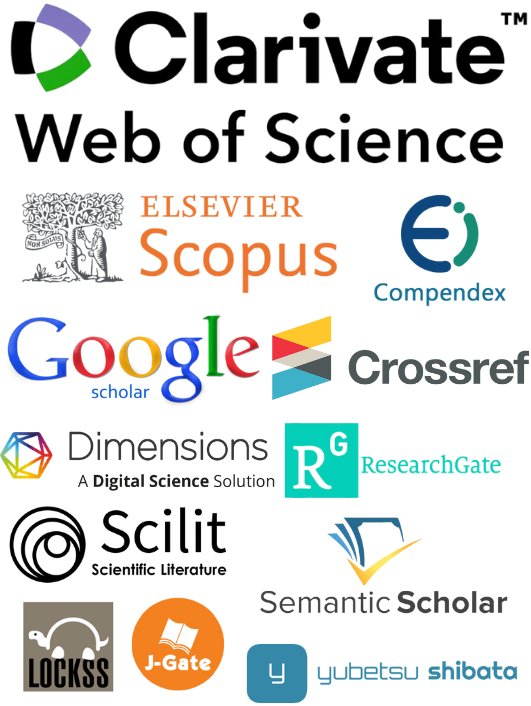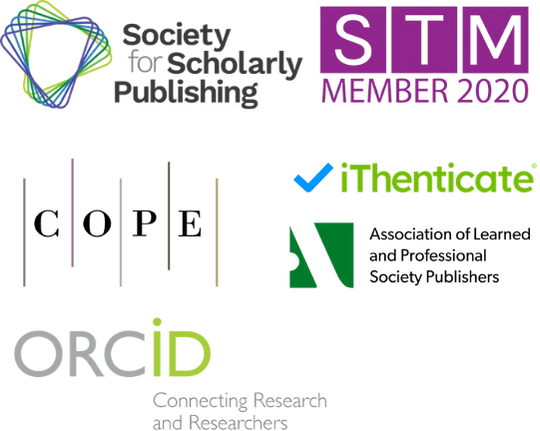AI-Based Enterprise Notification Systems and Optimization Strategies for User Interaction
DOI:
https://doi.org/10.71222/hr73t268Keywords:
enterprise level notification system, artificial intelligence, user interaction, data privacy, content optimizationAbstract
In modern enterprises, notification systems play an important role as key tools for information exchange and user interaction. However, the current notification system faces various challenges such as data confidentiality, security protection, message quality, development costs, and technical difficulties. The introduction of artificial intelligence (AI) technology has brought new solutions to these problems. For example, AI can enhance data confidentiality, use deep reinforcement learning to improve content distribution, utilize cloud computing to reduce development costs, and incorporate fairness principles into model training, thereby improving the performance and user satisfaction of notification systems. This study explores the problems existing in current notification systems and proposes targeted improvement solutions based on AI technology, providing theoretical support and practical guidance for enterprises to create efficient, secure, and highly intelligent notification systems.
References
1. A. Chaurasia, "Algorithmic precision medicine: Harnessing artificial intelligence for healthcare optimization," Asian J. Biotechnol. Bioresour. Technol., vol. 9, no. 4, pp. 28–43, 2023.
2. L. S. Lo, "AI policies across the globe: Implications and recommendations for libraries," IFLA J., vol. 49, no. 4, pp. 645–649, 2023, doi: 10.1177/03400352231196172.
3. Y. D. Ozkan-Ozen, et al., "Risks of data-driven technologies in sustainable supply chain management," Manag. Environ. Qual.: Int. J., vol. 34, no. 4, pp. 926–942, 2023, doi: 10.1108/MEQ-03-2022-0051.
4. S. Yang, "The Impact of Continuous Integration and Continuous Delivery on Software Development Efficiency", J. Comput. Signal Syst. Res., vol. 2, no. 3, pp. 59–68, Apr. 2025, doi: 10.71222/pzvfqm21.
5. J. R. Holm, et al., "Innovation dynamics in the age of artificial intelligence: introduction to the special issue," Ind. Innov., vol. 30, no. 9, pp. 1141–1155, 2023, doi: 10.1080/13662716.2023.2272724.
6. L. Fayos De Arizón, et al., "Artificial intelligence: a new field of knowledge for nephrologists?," Clin. Kidney J., vol. 16, no. 12, pp. 2314–2326, 2023, doi: 10.1093/ckj/sfad182.
7. A. J. Nashwan, A. A. AbuJaber, and A. AbuJaber, "Harnessing the power of large language models (LLMs) for electronic health records (EHRs) optimization," Cureus, vol. 15, no. 7, 2023, doi: 10.7759/cureus.42634.
8. F. Gao, "The Role of Data Analytics in Enhancing Digital Platform User Engagement and Retention", J. Media Journal. Commun. Stud., vol. 1, no. 1, pp. 10–17, Apr. 2025, doi: 10.71222/z27xzp64.
9. G. S. Day, "Closing the marketing capabilities gap," J. Mark., vol. 75, no. 4, pp. 183–195, 2011, doi: 10.1509/jmkg.75.4.183.
Downloads
Published
Issue
Section
License
Copyright (c) 2025 Qianru Xu (Author)

This work is licensed under a Creative Commons Attribution 4.0 International License.


